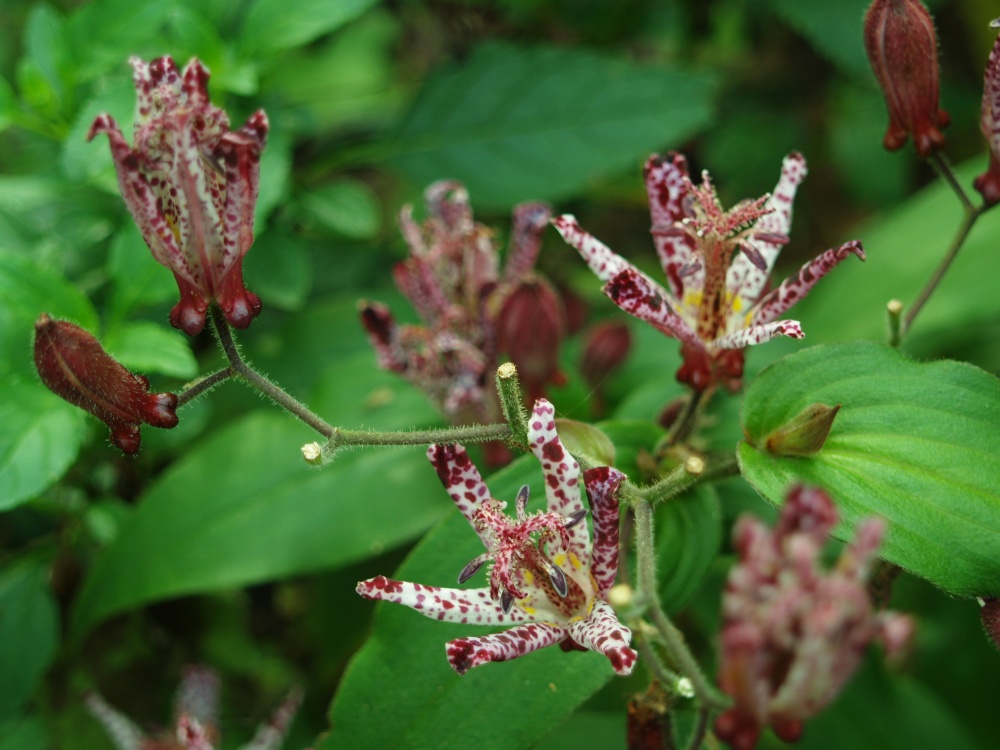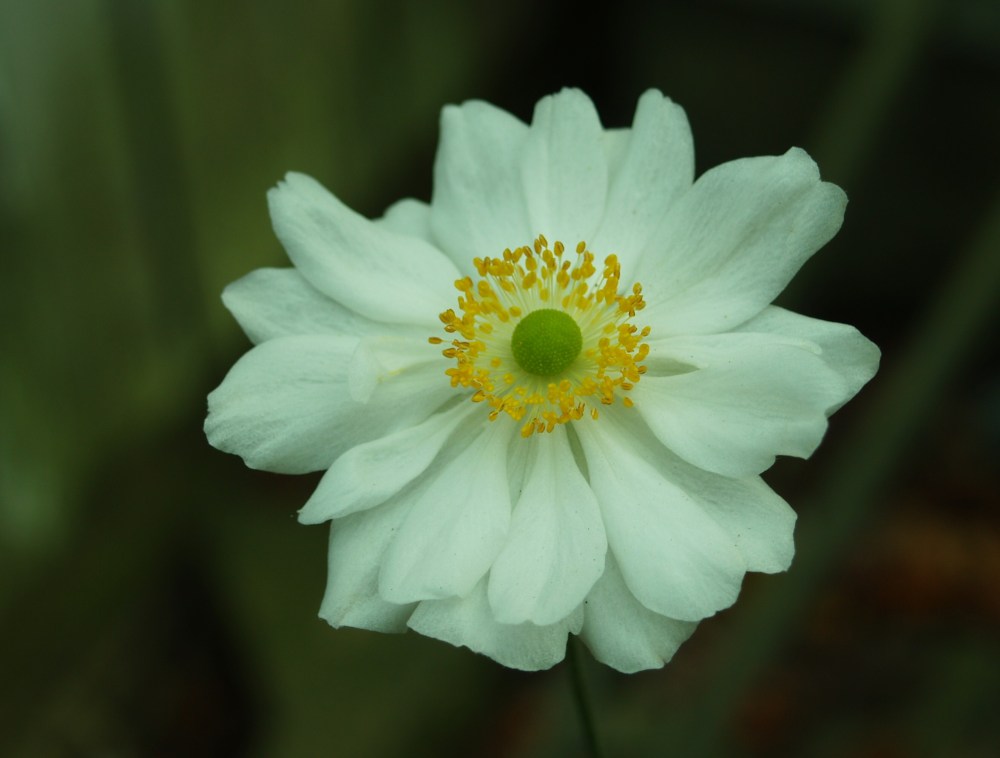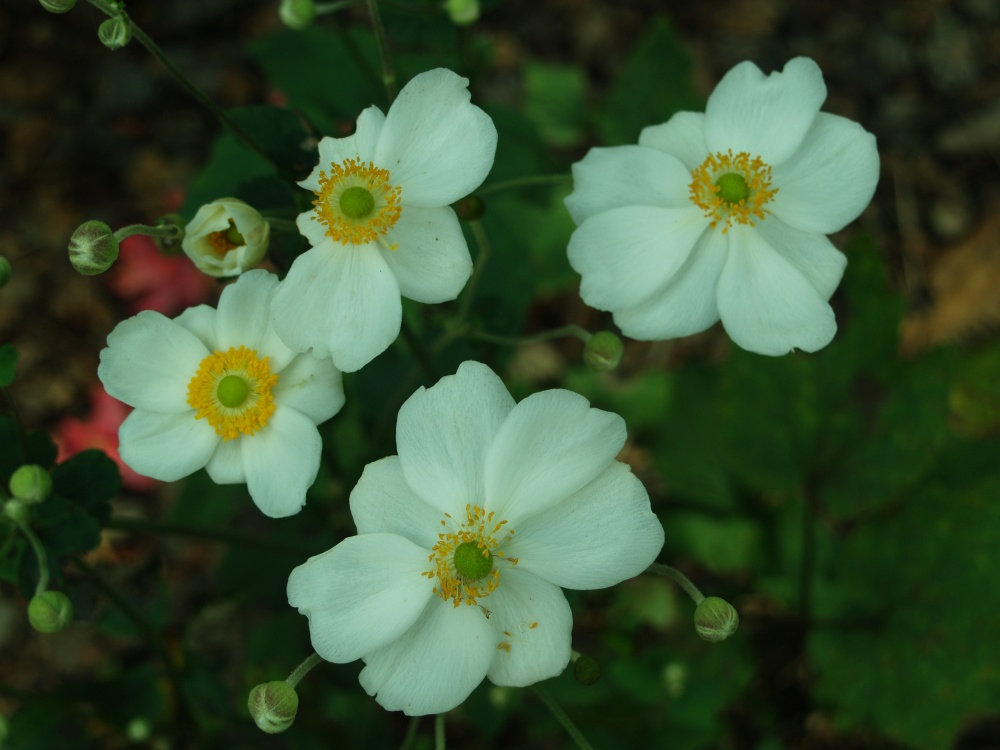The storm rages this afternoon as towering tulip poplars and maples sway wildly in the gale. As a precaution my wife and I are planning to sleep on couches on the ground floor tonight since trees loom a bit too close to our bedroom window. A number of trees in our garden and the neighboring forest were toppled in the summer derecho. I’ve eyeballed the distance from the closest trees to the house and concluded that it’s a bit too close for comfort, so we’ll err on the side of caution so that you’re not reading about us in tomorrow’s paper.
Most likely the night will conclude without any severe damage, though I expect the forest’s edge to be littered with branches by morning. There are a few trees that are cracked and wedged against another from the earlier storm, and splintered limbs that are tangled and hanging, so this will not be a good night to pitch a tent in the backyard.
The shrubs and perennials at ground level are unlikely to be bothered much by the winds unless they are in the unfortunate path of a falling branch. At the end of October there are still many blooms in the garden, even as colorful autumn foliage falls into deep piles.
One toadlily (Tricyrtis, above) was nibbled back by deer in mid summer after I neglected it while spraying repellent, so it was slow to set flower buds and only began to bloom a few weeks ago. Though it was late to start, other neighboring toadlilies remain in full bloom so that I expect flowers for several weeks into November.
I haven’t compared dates, but it seems that the Japanese windflowers (Anemone x hydrida, above and below) are a little later to bloom than usual. The tall stems of ‘Whirwind’ move with the most gentle of breezes, so I’ll assume without checking this afternoon that they have been blown flat. With the first sun in a few days they’ll probably stand upright again, and with buds yet to open there will be another week or two of blooms.
The pink windflower ‘September Charm’ (below) has disappeared again this year. I didn’t know it was missing until the anemones began to flower, and there was no pink. I’ve planted it a few times with only short lived success. I assume that it has not been given adequate moisture, which is not unusual in this garden. If I try it again it will be in the rear garden where the other anemones are planted in soil that is marginally too damp.
I noticed over the weekend that the yellow leafed tansy (Tanacetum vulgare ‘Isla Gold’, below) is flowering, much later than usual. The small, yellow button flowers are barely noticed so this could be a rebloom, and I didn’t notice the first bloom at all. Tansy is treasured for its finely divided foliage, but I’ve done it no justice by squeezing it between deep shade and aggressive daisies, and it’s a wonder that it survives at all.
I’m not overly worried by the possible consequences of tonight’s storm. The garden has weathered severe injury before, and sooner than later the damage is repaired without much long term effect. I hope that when I survey the damage in the morning I see only a weekend’s work for the chainsaw, and nothing more severe, but I’ll report back in a few days.
Stay safe!
The Japanese windflowers are nice. I used to love my Tansy but it became to spready and it is very tough-rooted and difficult to remove. Mine didn’t bloom much this year but maybe I should check it again.
I have had “September Charm” in both dry and wet shage in my garden for about six years. It did well in both locations, although those in the darker , wetter area grew faster and produced more blooms. Last year , however, I divided the wet area ‘charms” and the sections left in the wet area suffered severe root rot. This year the heathy “Charms” starting blooming much earlier, some as early as July.
The major problem with my Charms, however, has been the steady loss of color. Each year, in either location, they seem a little less bright.